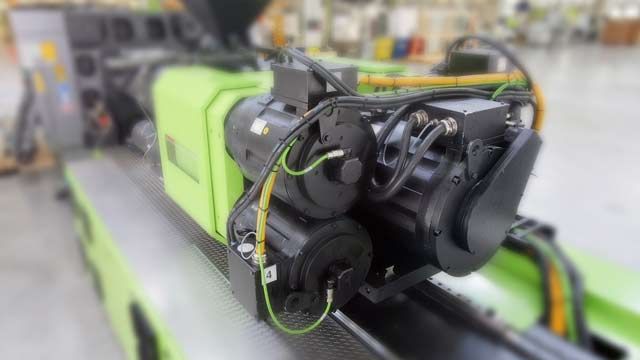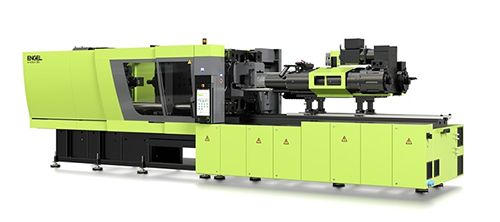ENGEL Speeds Development of Injection Molding Machine Controllers
“Model-Based Design reduces the time needed to produce quality control algorithms. Simulations help us understand the system, and code generation enables us to maintain a single source for the design. The results are faster development and higher-quality systems.”
Challenge
Solution
Results
- Control algorithms developed and debugged without hardware
- Controller quality improved
- Test data analysis accelerated

As the global leader in injection molding machine manufacturing, ENGEL has delivered more than 60,000 tie-bar-less machines to customers in automotive, packaging, medical, and other industries. Tie-bar-less technology enables the plastic processors in many cases to use smaller injection molding machines that have a smaller footprint and require less energy.
To maximize machine efficiency and minimize operating costs, ENGEL develops optimized integrated control units for its tie-bar-less systems using Model-Based Design.
“With Model-Based Design we develop and simulate control algorithms before prototype hardware is available and then generate Structured Text for PLC implementation,” says Hannes Bernhard, head of control engineering and development at ENGEL. “As a result, we have confidence in the quality of our algorithms and code when we test on the real system, and our process is faster because we need fewer iterations on the prototype.”
Challenge
Both simple and complex controllers required extensive testing on hardware. ENGEL wanted to reduce hardware testing for several reasons. First, it is costly and time-consuming. Second, testing certain configurations can be dangerous and can damage the machine. Third, it is often impossible to run two separate tests under the same conditions.
ENGEL wanted a systematic approach for closed-loop controller development that would minimize the need for hardware tests and shorten the commissioning time for new machines.
Solution
ENGEL accelerated the development of injection molding machine controllers with a new workflow that uses Model-Based Design.
In this workflow, ENGEL engineers create a plant model based on measured input and output values for the temperature and pressure of the melted plastics, as well as the velocity of machine components.
Working in Simulink®, the team then creates a model of the controller and a set of test cases based on the system requirements.
They run closed-loop simulations of the controller and plant in Simulink to verify the test cases. Additional simulations are run to test sensor failures and other fault conditions.
Using Simulink PLC Coder™, the engineers generate hardware-independent IEC 61131-3 Structured Text from their Simulink controller model and deploy it to a PLC for hardware testing.
Data collected during tests on prototype hardware is later analyzed in MATLAB®. The engineers compare results from hardware tests with results from Simulink simulations to verify the PLC implementation. They refine the controller in the Simulink model and then regenerate code for the next iteration.
Results
Control algorithms developed and debugged without hardware. “For our first project with Simulink PLC Coder, our controller had to precisely synchronize two drives,” says Bernhard. “Because we were using Model-Based Design we could thoroughly test the algorithms before the hardware was available. Once the prototype was ready, only minimal algorithm modifications were needed.”
Controller quality improved. “The quality of our controllers has improved with Model-Based Design because we can perform many more tests via simulation than we can on the machine,” says Bernhard. “Simulations are faster, and we can automate test suites to run overnight.”
Test data analysis accelerated. “Compared with using a spreadsheet to analyze test measurements, MATLAB is much faster and easier to use,” notes Bernhard. “We can quickly filter the data and create plots that help us better understand the test results and ultimately optimize product quality.”
